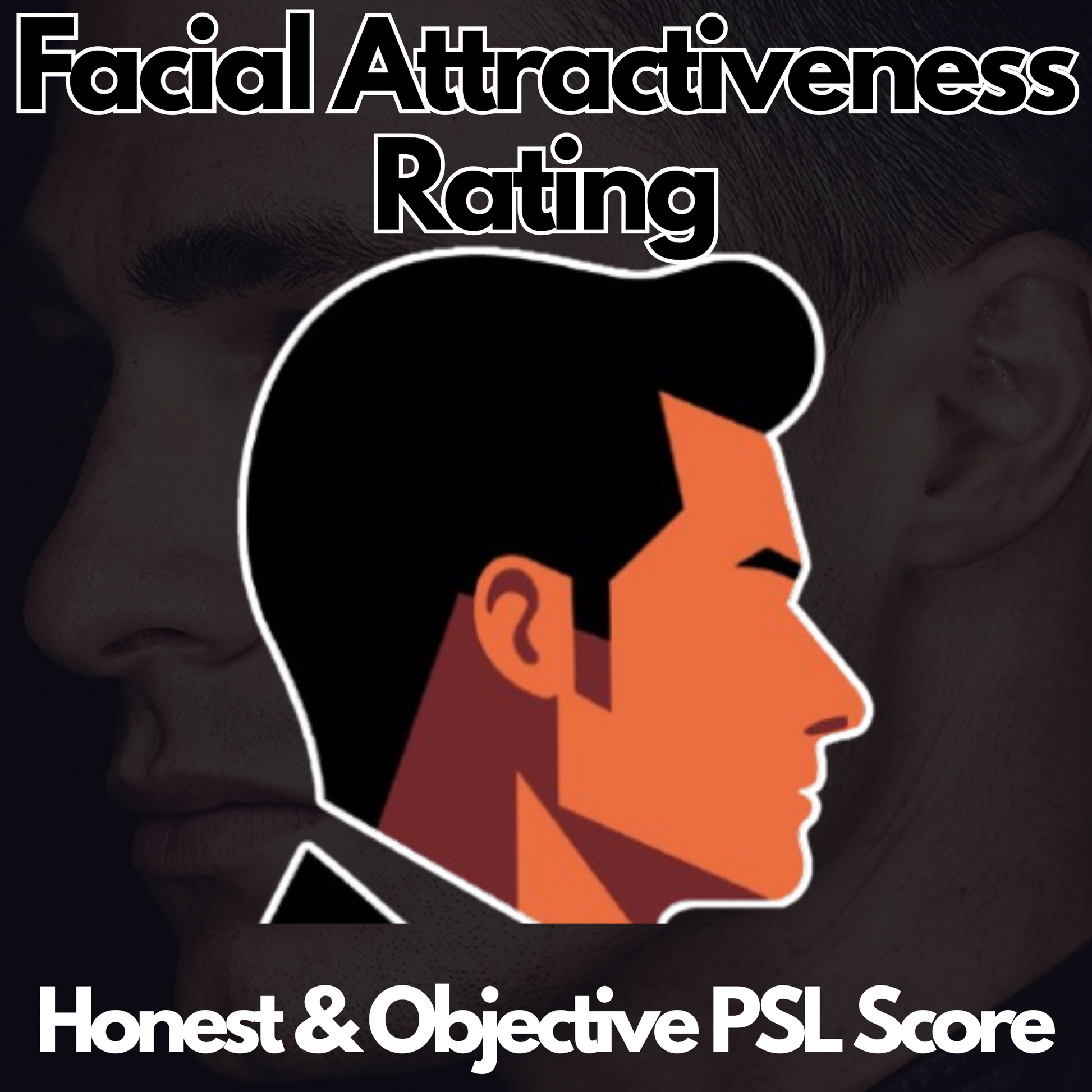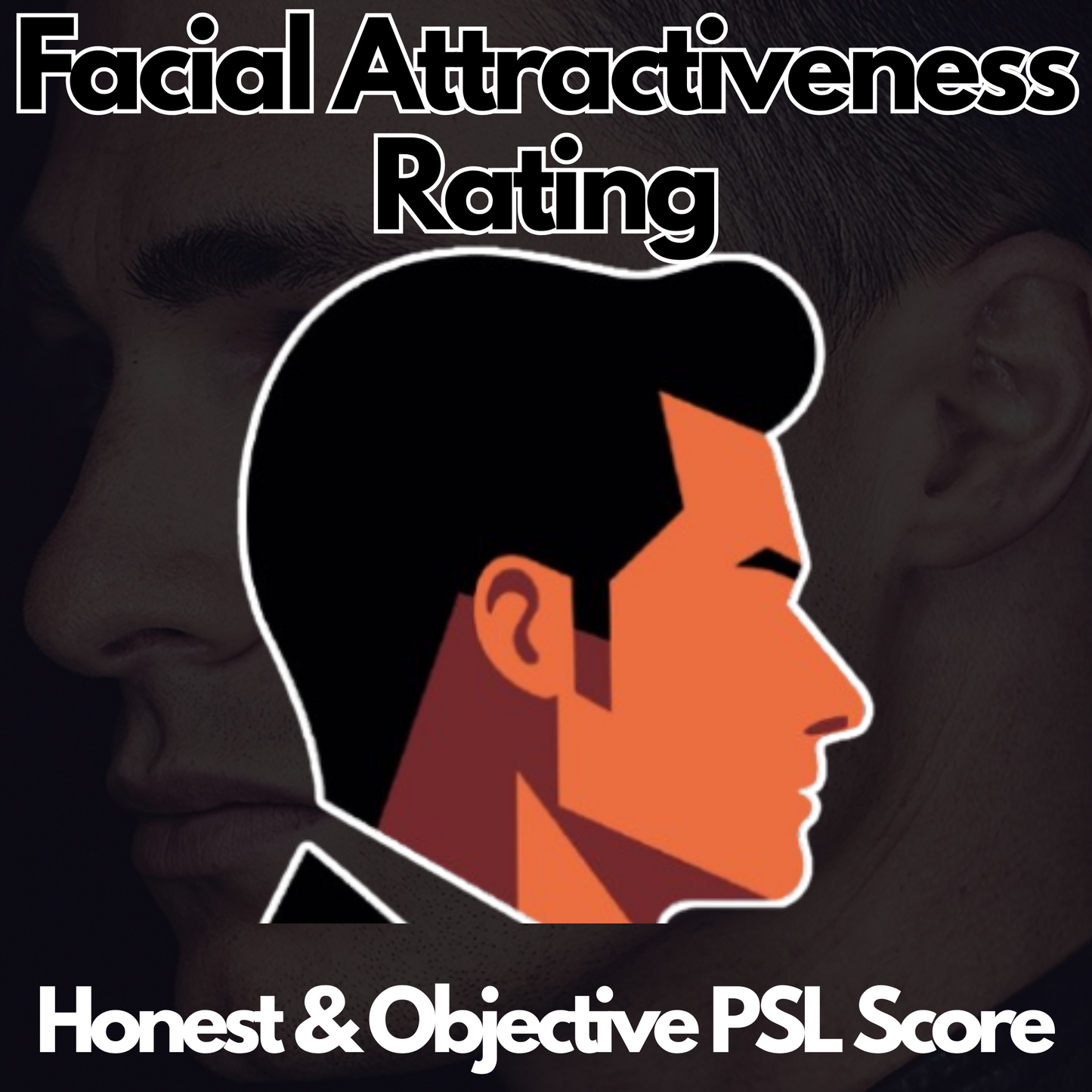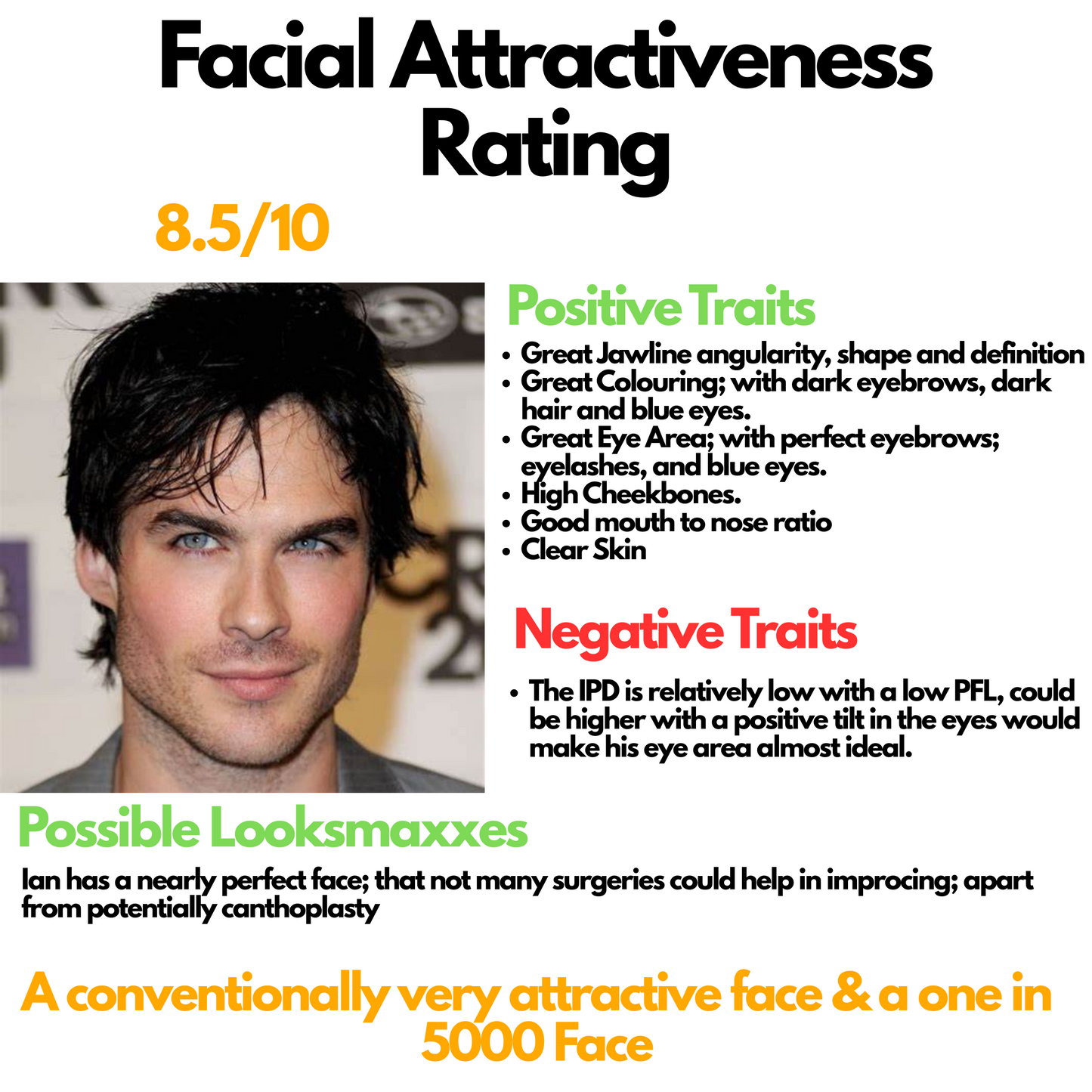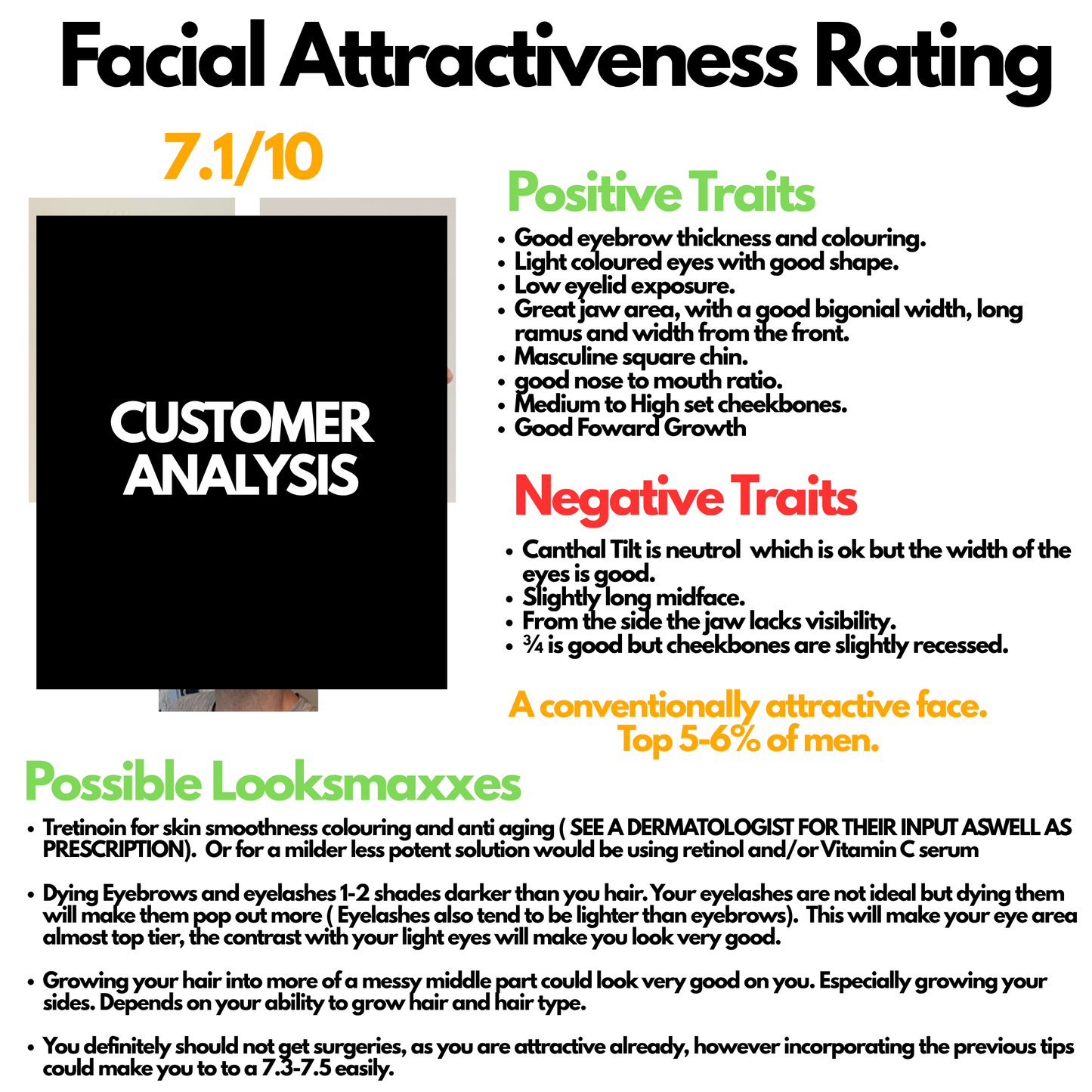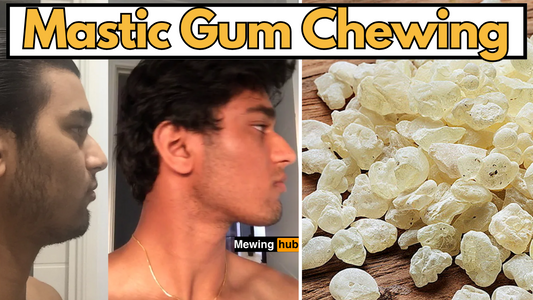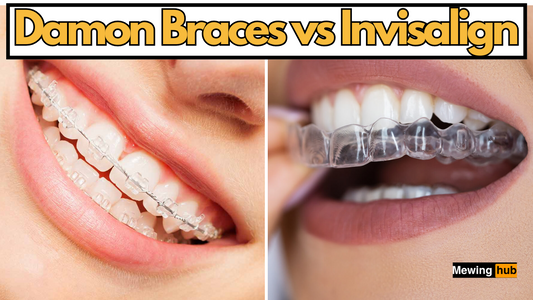The Reasons Why You Are Not Seeing Mewing Results: Maximizing Results
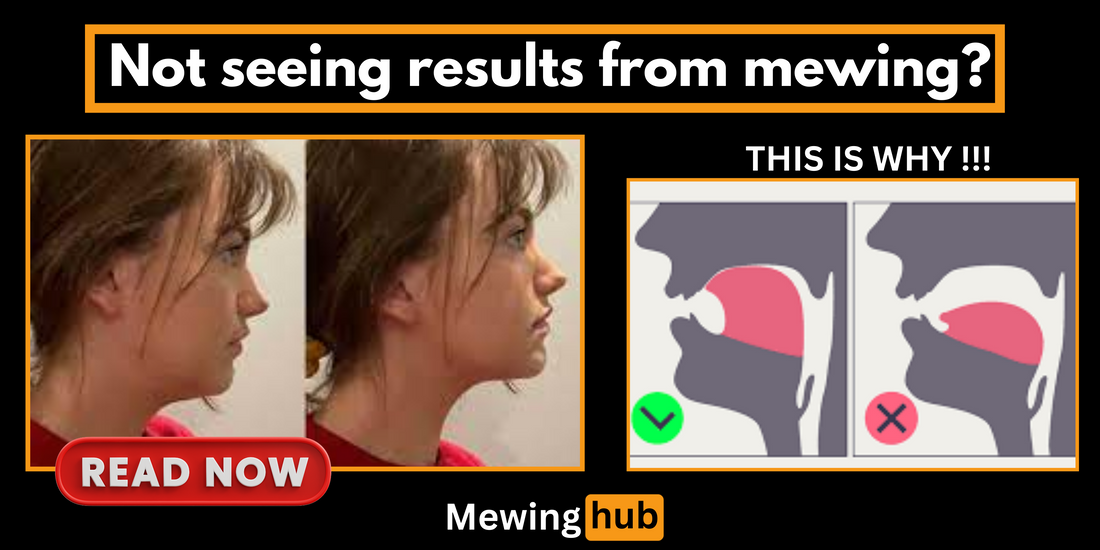
Share

Unrealistic Expectations
The Importance of Patience in Mewing
One primary reason for not observing mewing results is the set of unrealistic expectations. Mewing is not a quick-fix solution.
A study published in the Journal of Oral Rehabilitation suggests that changes in facial structure require consistent effort over a considerable period, often years. Expecting significant changes in a short timeframe can lead to disappointment.
Setting Realistic Goals
To maximize your mewing results, it's essential to set realistic goals. Documenting progress with photos every few months can help track subtle changes and maintain motivation. Understand that mewing results are gradual, and substantial changes may take years to become noticeable.
Incorrect Mewing Technique
Proper Tongue Positioning
Another crucial factor is the incorrect application of the mewing technique. Proper mewing requires the entire tongue, including the back part, to press against the palate.
A study in The Angle Orthodontist journal highlights the importance of correct tongue posture for orthodontic stability. Incorrect mewing might not only be ineffective but could also lead to adverse effects.
Ensuring Correct Practice
1.) Full Tongue Contact: Ensure the entire tongue is pressed against the roof of the mouth, not just the tip.
2.) Consistent Pressure: Apply gentle, consistent pressure without straining.
3.) Lip Seal and Nasal Breathing: Keep lips closed and breathe through the nose to support correct posture.
Age Factor
How Age Affects Mewing Results

Age plays a significant role in the effectiveness of mewing. Younger individuals, whose facial bones are still developing, are more likely to see noticeable changes.
A research article in the American Journal of Orthodontics and Dentofacial Orthopedics indicates that bone remodeling is more efficient in younger individuals. Adults may experience slower and less pronounced results.
Adapting Mewing for Different Ages
For adults, changes might be more subtle and take longer to manifest. Patience and persistence are key. Younger individuals benefit from more pliable bones, allowing for more significant changes. However, adults should not be discouraged; consistent practice can still yield improvements.
Individual Anatomical Differences
Genetic Influences on Mewing Results
Individual anatomical differences can also influence mewing results.
Genetics determine the basic structure of one’s face and jawline, as discussed in a study from the International Journal of Oral Science. While mewing can bring about changes, these are limited by one's genetic makeup.
Personalized Approach
Recognize that genetics play a crucial role. While mewing can enhance facial aesthetics, it may not completely alter one’s genetic predispositions. Consulting with an orthodontic specialist can provide personalized insights and set realistic expectations.
Inconsistent Practice
The Necessity of Consistency
Consistency is key when it comes to mewing. Inconsistent practice can significantly delay or even negate the potential benefits.
The European Journal of Orthodontics outlines how consistent tongue posture is necessary to see any orthodontic change. Inconsistent mewing will likely yield little to no results.
Tips for Maintaining Consistency
- Daily Routine: Incorporate mewing into your daily routine by setting reminders.
- Persistence: Commit to long-term practice without expecting immediate results.
- Monitor Progress: Keep a log of daily practice and periodically review your progress with photos.
Maximizing Your Mewing Results
Addressing Common Mewing Mistakes
- Tongue Posture: Ensure that your tongue is flat against the roof of your mouth. The back part of the tongue is just as important as the front.
- Consistent Pressure: Avoid excessive force. Mewing should be about maintaining gentle, consistent pressure.
Incorporate Chewing Exercises

Chewing exercises can complement mewing by strengthening the masseter muscles, which contribute to a defined jawline. Regularly chewing harder foods can help build these muscles and enhance overall facial aesthetics.
Start Your Chewing & Facial Transformation
Seek Professional Guidance
Consulting with a dental professional can provide tailored advice and address specific concerns related to mewing. They can offer insights on the most effective techniques and monitor progress to ensure optimal results.
Avoiding Over-Reliance on Mewing
It's essential to recognize that mewing is just one component of achieving facial symmetry and aesthetics. Other factors such as overall health, fitness, and skincare routines also play significant roles. A holistic approach ensures comprehensive improvements in appearance and well-being.
Conclusion
In conclusion, while mewing has the potential to influence facial aesthetics positively, it is crucial to approach it with realistic expectations, correct techniques, and consistent practice.
Age and genetic factors also play significant roles in determining the extent of the results.
Understanding these factors can help set realistic goals and practices for those interested in exploring mewing as a method for facial structure enhancement.


